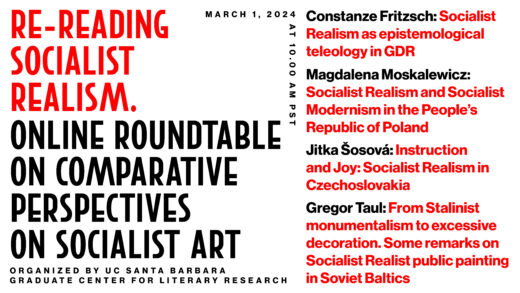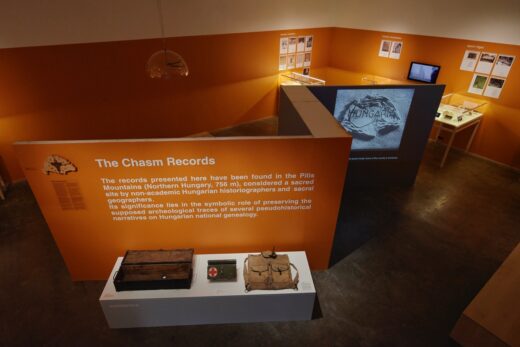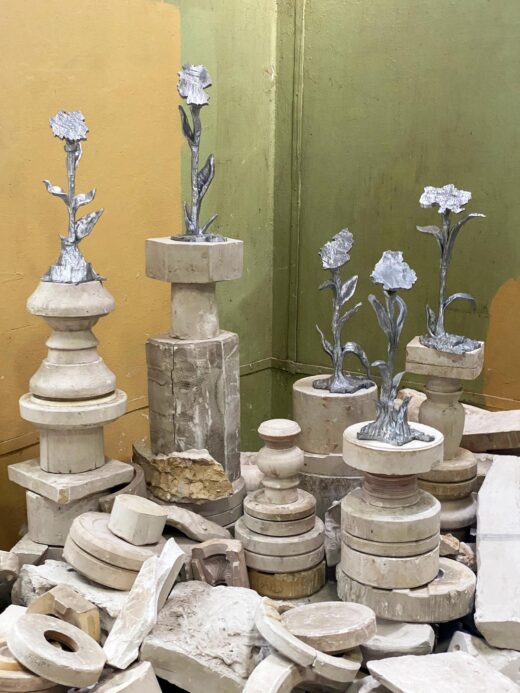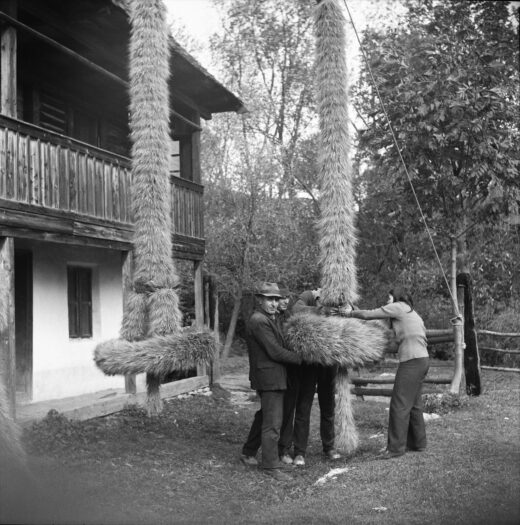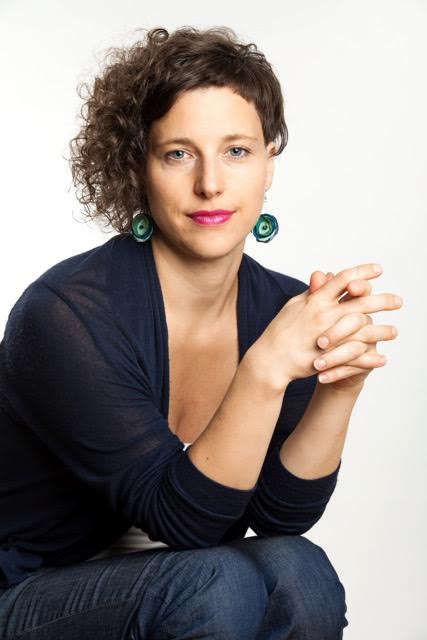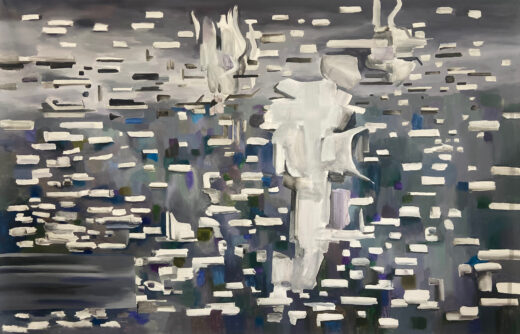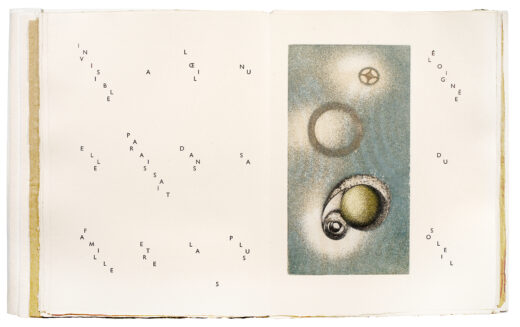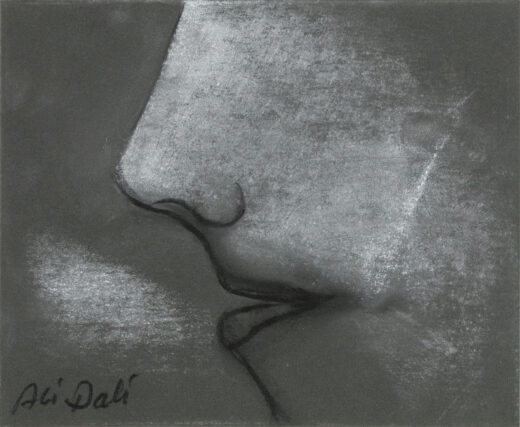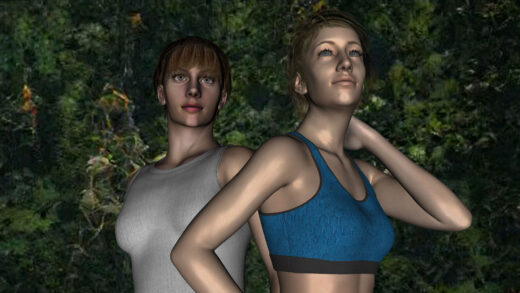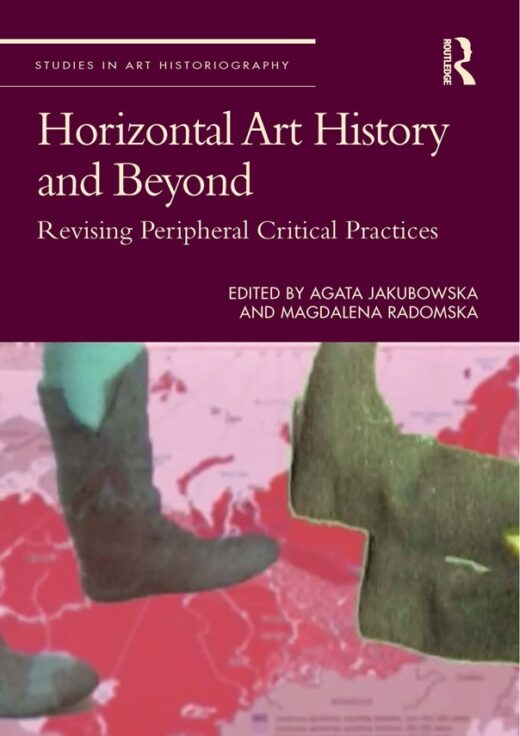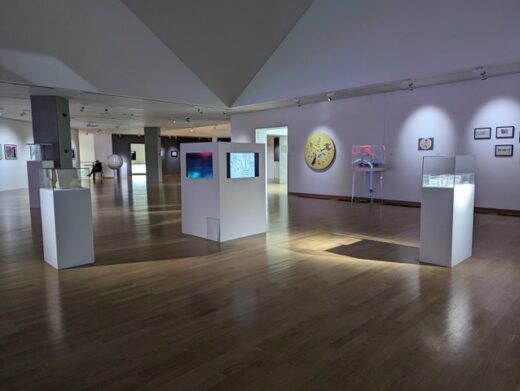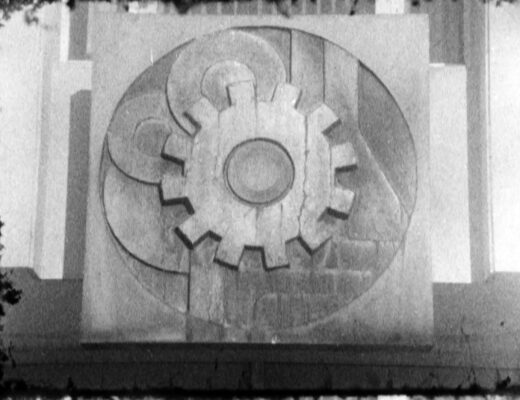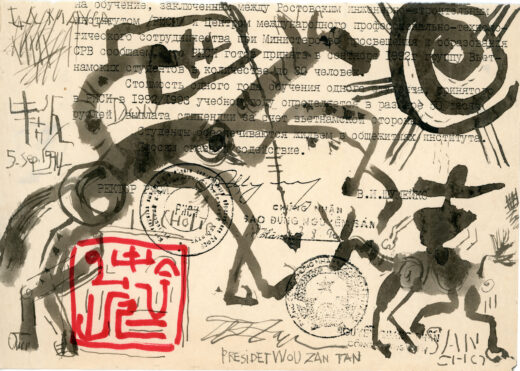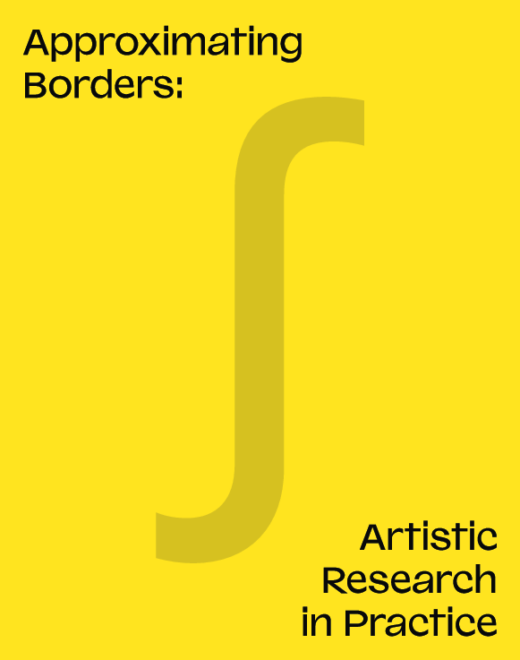Rereading Socialist Realism: Podcast on Comparative Perspectives on Socialist Art
In recent years, US scholarship has succeeded in establishing a new perspective on the art of the ex-GDR that overcomes the dichotomy between so-called “dissident art” on the one hand, and “official art,” on the other. Rather than cementing this dichotomy, scholars of this new trend in art historical research points out and study the interconnections and entanglement between official and non-official art. At the same time, they have developed a discourse that subjects the well-established narrative of Socialist Realism as the Great Other of 20th century art history to a long-overdue reevaluation. Conferences such as “Was Socialist Realism Global? … Read more

